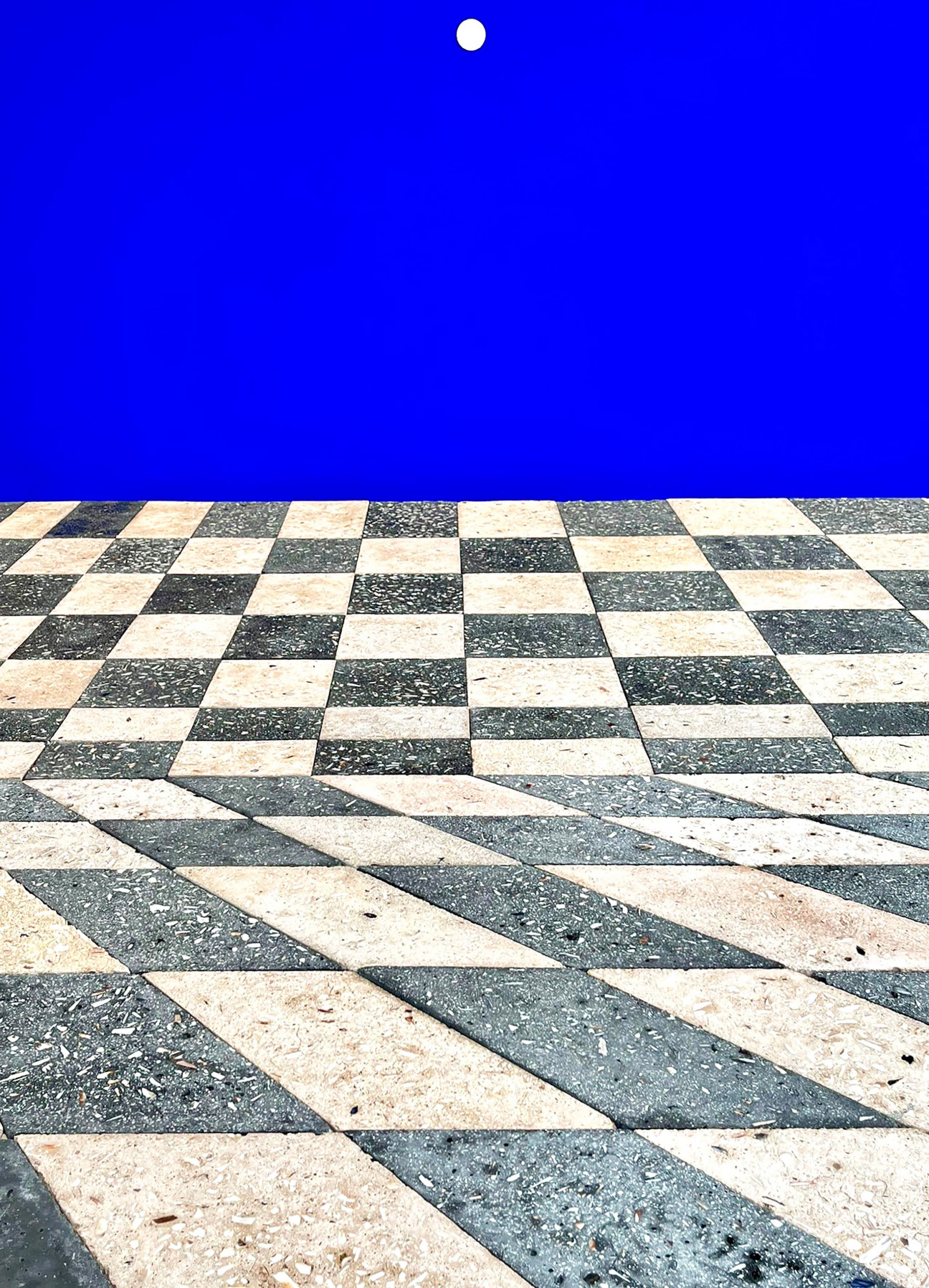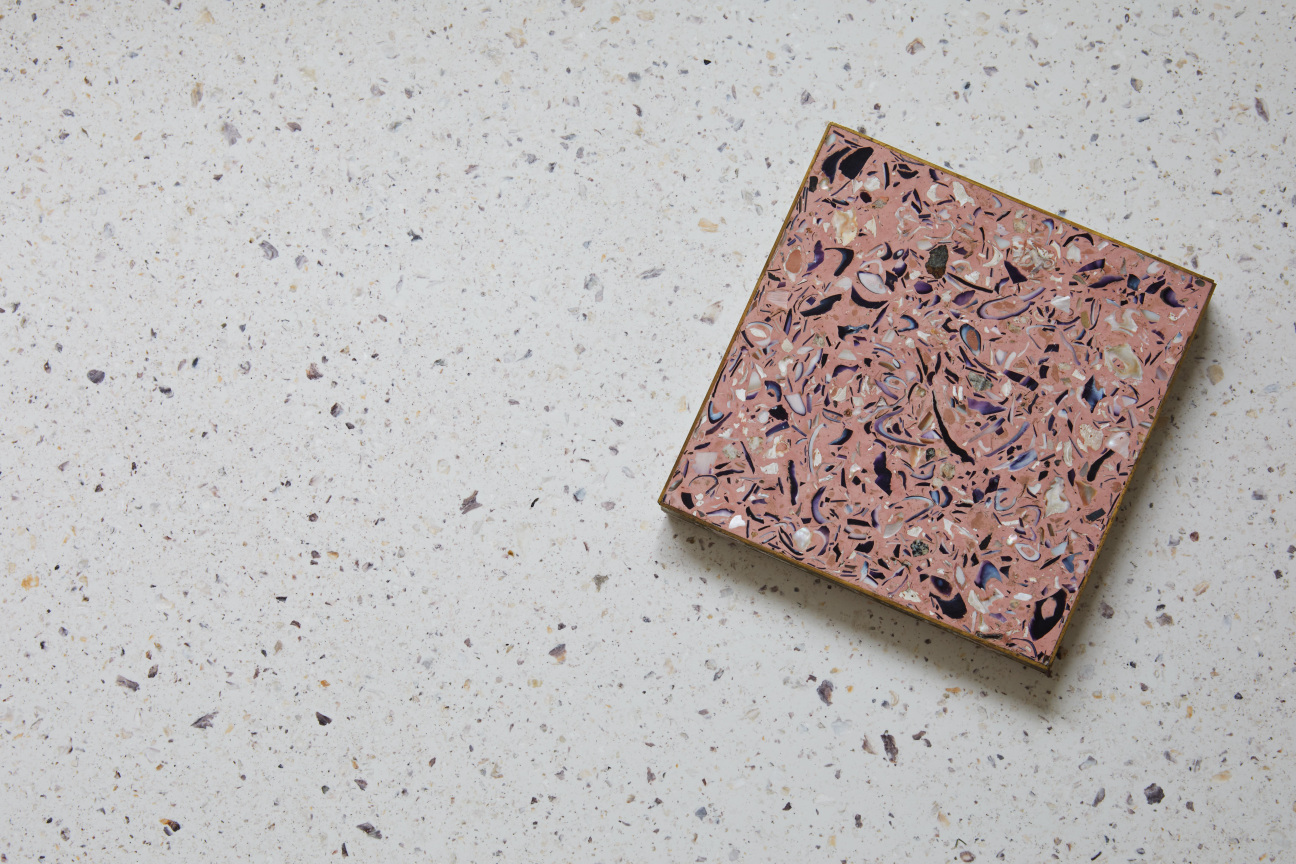
For Daniel Fernández Pascual and Alon Schwabe, food is a powerful lens for exploring how spaces are constructed and controlled. The pair, who met as students at the Center for Research Architecture at Goldsmiths in London, co-founded Cooking Sections, a spatial practice that moves across architecture, design, art, performance, and ecology. Though the studio produces a range of installations, exhibitions, performances, and built works, the pair have shared a singular commitment since their very first project: “Food has always been a tool for us to address ecological and environmental questions,” says Schwabe.

After a series of installations inspired by their architectural practice—including OfficeUS at the 2014 Venice Biennale of Architecture and What Is Above Is What Is Below in Palermo, Italy—their vision landed the duo in Skye, Scotland, in 2017 to launch “CLIMAVORE,” one of Cooking Sections’s longest-running and most expansive initiatives. The project started as an oyster table, created in collaboration with local residents, politicians, and researchers, where visitors could dine at low tide—and where oysters and other bivalves could do the same at high tide, when the table is submerged.

After receiving the 2019 Future Generation Art Prize and expanding their “CLIMAVORE” research to other coastal areas such as Los Angeles and Istanbul, Cooking Sections was invited to exhibit at the Tate Britain in 2020. For Salmon: A Red Herring, their site-specific installation that used sound, light, and sculpture to explore salmon as both a color and a fish, Fernández Pascual and Schwabe insisted the museum replace the farmed fish on their café menus with foods that regenerate the planet’s ecosystems rather than deplete them.

Two years later, more than 20 additional museums in the U.K. have joined the initiative, accepting the responsibility of “becoming ‘CLIMAVORE.’” Along the way, the pair collected discarded shells from the institutions’ restaurants, cleaning and crushing them to create a resin-less solid material that acts as an alternative to cement, which is known to be one of the most pollutive materials used in architecture and engineering. Projects like this, which transform existing resources into sustainable solutions, position the duo as a boundary-pushing force in and outside the field of architecture.










 in your life?
in your life?

